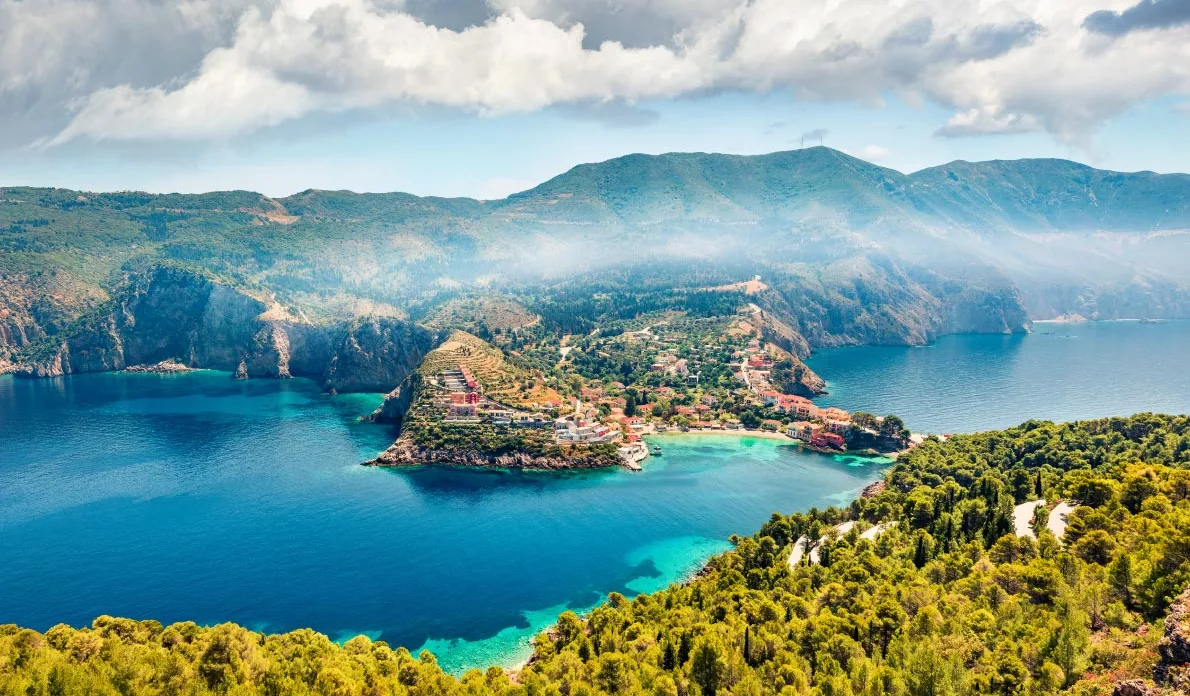Μηλέ: Exploring the Rich Heritage and Modern Significance of the Greek Island
Nestled in the Aegean Sea, the Greek island of Μηλέ (Milos) stands out for its stunning landscapes, rich history, and vibrant culture. Known for its breathtaking beaches, unique geological formations, and ancient ruins, Milos is a jewel of the Cyclades that attracts travelers from around the world. This article delves into the various aspects of Milos, exploring its historical significance, cultural heritage, natural beauty, and contemporary appeal.
Historical Significance
Ancient Origins and Archaeological Treasures
Milos has a deep historical background that dates back to ancient times. Its strategic location in the Aegean Sea made it a crucial point for trade and cultural exchange. The island’s history is particularly notable for its archaeological discoveries, which have provided significant insights into ancient Greek civilization.
One of the most famous artifacts from Milos is the Venus de Milo, a classical Greek statue of the goddess Aphrodite. Discovered in 1820 on the island, this statue is now housed in the Louvre Museum in Paris and is one of the most celebrated sculptures of antiquity. The Venus de Milo is a testament to the island’s rich artistic heritage and its role in ancient Greek art.
In addition to the Venus de Milo, Milos is home to several other archaeological sites, including ancient theatres, temples, and catacombs. The Catacombs of Milos, for instance, are a network of underground burial sites that date back to the early Christian period. These catacombs provide a glimpse into the religious practices and early Christian life on the island.
Natural Beauty and Unique Landscapes
Stunning Beaches and Geological Wonders
Milos is renowned for its diverse and picturesque landscapes. The island’s volcanic origins have created a range of unique geological formations and stunning natural features. Its beaches, often cited as some of the most beautiful in Greece, are a major draw for visitors.
- Sarakiniko Beach: Known for its lunar-like landscape, Sarakiniko Beach features white volcanic rock formations that create a stark contrast with the turquoise waters. This otherworldly terrain is a popular spot for photography and swimming.
- Kleftiko: Accessible only by boat, Kleftiko is a natural wonder with sea caves and towering rock formations. The clear waters and impressive cliffs make it a favorite destination for snorkeling and exploring hidden coves.
- Firiplaka Beach: Another gem of Milos, Firiplaka Beach is known for its colorful cliffs and crystal-clear waters. The beach’s vibrant rock formations, combined with its sandy shore, create a picturesque setting for relaxation.
The island’s volcanic activity has also resulted in the formation of numerous hot springs and mineral deposits, which are believed to have therapeutic properties. The natural beauty of Milos, combined with its unique geological features, offers a diverse range of outdoor activities for nature enthusiasts.
Cultural Heritage and Local Traditions
A Blend of Ancient and Modern Influences
Milos boasts a rich cultural heritage that reflects its historical significance and diverse influences. The island’s traditional architecture, local cuisine, and festivals offer a glimpse into its vibrant culture.
- Architecture: The traditional architecture of Milos features whitewashed buildings with blue shutters, narrow winding streets, and charming villages. The capital, Plaka, is known for its picturesque alleys, traditional houses, and panoramic views of the island.
- Cuisine: Milos’ cuisine is characterized by fresh local ingredients and traditional Greek flavors. Dishes such as “pitarakia” (mini cheese pies), “mousaka” (layered eggplant and meat casserole), and locally sourced seafood are popular among visitors and locals alike.
- Festivals: The island hosts various festivals throughout the year that celebrate its cultural heritage and local traditions. One of the most notable is the “Milos Festival,” which includes traditional music, dance, and local fairs.
Contemporary Appeal and Tourism
A Modern Destination with Traditional Charm
In recent years, Milos has gained popularity as a tourist destination, attracting visitors with its combination of natural beauty, historical significance, and modern amenities. The island offers a range of accommodation options, from luxury resorts to charming guesthouses, catering to different preferences and budgets.
Tourists can explore Milos’ scenic landscapes, enjoy its beautiful beaches, and immerse themselves in its rich cultural heritage. The island’s welcoming atmosphere, combined with its diverse attractions, makes it a desirable destination for travelers seeking both relaxation and exploration.
Additionally, Milos is well-connected by ferry and air, making it accessible to tourists from mainland Greece and other islands in the Cyclades. The island’s infrastructure has developed to support tourism, with a variety of restaurants, shops, and activities available to enhance the visitor experience.
Conclusion
Milos, or Μηλέ, is a captivating Greek island that offers a blend of historical significance, natural beauty, and cultural richness. From its ancient archaeological treasures and unique geological formations to its charming traditional architecture and modern tourism amenities, Milos provides a diverse range of experiences for visitors. Whether exploring its stunning beaches, delving into its historical sites, or savoring its local cuisine, travelers to Milos are sure to find themselves enchanted by the island’s timeless allure.














Post Comment